
As the world grapples with the escalating challenges of climate change, the need for sustainable energy solutions has never been more urgent. One of the most promising avenues for reducing our carbon footprint and achieving long-term environmental sustainability is through the use of wind power solutions. Wind energy is a clean, renewable resource that harnesses the power of the wind to generate electricity without producing harmful emissions. In this article, we will explore various wind power solutions, their environmental benefits, and how homeowners and businesses can integrate wind energy into their operations to reduce their carbon footprint.
Understanding Wind Power Solutions
Wind power has been used for centuries, from ancient sailing ships to traditional windmills used for grinding grain. Today, modern wind turbines are at the forefront of the renewable energy revolution. Wind power solutions involve the use of wind turbines to capture the kinetic energy of wind and convert it into electrical energy. These systems come in various sizes and capacities, from small residential turbines to massive utility-scale wind farms.
The principle behind wind power is straightforward. Wind turbines consist of blades that are designed to capture the wind’s energy. As wind flows over the blades, it causes them to spin, which in turn drives a generator to produce electricity. This electricity can then be used on-site or fed into the local grid for distribution. Wind energy is considered one of the most environmentally friendly sources of power because it produces no greenhouse gas emissions and has a very low environmental impact compared to fossil fuels.
The Benefits of Wind Power
There are several compelling reasons to consider adopting wind power solutions for both residential and commercial use. Here are some of the key benefits:
1. Reduction of Carbon Emissions
The most significant advantage of wind power is its ability to reduce carbon emissions. By replacing fossil fuel-based electricity generation with wind energy, you are directly lowering the amount of CO2 and other greenhouse gases released into the atmosphere. In fact, wind energy is one of the cleanest energy sources available, producing virtually no emissions during operation.
By reducing your carbon footprint, you are contributing to the global effort to mitigate climate change and protect the planet for future generations. Wind power helps curb the reliance on fossil fuels such as coal and natural gas, which are major contributors to global warming.
2. Renewable and Abundant Resource
Wind is a renewable resource, meaning it is naturally replenished and available as long as the wind blows. Unlike finite resources such as oil and coal, wind energy is inexhaustible, ensuring a continuous and sustainable supply of electricity. Wind power is also available in many regions around the world, making it a viable energy solution for a wide range of locations.
Whether in coastal areas, open plains, or on offshore platforms, wind energy can be harnessed wherever the wind is strong enough. This versatility makes wind power a key player in the transition to renewable energy and energy independence.
3. Cost-Effectiveness
In recent years, the cost of wind power has dropped significantly due to technological advancements, making it more affordable for individuals, businesses, and governments. While the initial investment in wind turbines and infrastructure may be higher than conventional energy sources, wind power has lower operating costs over time. Once installed, wind turbines require minimal maintenance, and the cost of electricity generation is virtually free after the initial setup.
Many governments also offer financial incentives such as tax credits, rebates, or grants to encourage the adoption of renewable energy technologies like wind power. This can help reduce the upfront cost of installing a wind power system.
Types of Wind Power Solutions
There are several types of wind power solutions available, each suited to different needs and environments. Below are the most common types:
1. Residential Wind Turbines
For homeowners interested in reducing their carbon footprint and generating their own electricity, residential wind turbines are an excellent option. These small-scale turbines are designed to be installed on private properties, typically on a tower or rooftop. While residential turbines are not as powerful as large-scale commercial turbines, they can still generate enough electricity to power a home or supplement grid electricity.
When considering residential wind turbines, it is important to assess the wind conditions in your area. Wind turbines require a certain wind speed to generate power effectively, and areas with consistent and strong winds are ideal for their installation. It’s also important to consider the size of the turbine and how much space it requires.
2. Commercial and Industrial Wind Farms
For businesses or large-scale operations, wind farms represent a more substantial investment in wind energy. These wind power solutions involve the installation of multiple large-scale turbines in areas with consistent and high wind speeds. Wind farms can generate significant amounts of electricity and are often used to power entire communities or large industrial operations.
Wind farms can be located onshore or offshore, with offshore wind farms often taking advantage of stronger and more consistent winds found at sea. While the initial cost of installing a wind farm can be high, the long-term benefits include large-scale electricity generation and significant reductions in carbon emissions.
3. Offshore Wind Power
Offshore wind power solutions involve the installation of turbines in bodies of water, typically in coastal or oceanic regions. Offshore wind turbines take advantage of higher wind speeds and steadier wind patterns found in marine environments. These turbines are usually larger than onshore turbines and are often capable of generating more electricity.
Offshore wind farms have the potential to contribute significantly to global energy needs, especially in regions with high energy demand and limited land availability for onshore wind farms. Although offshore turbines come with higher installation costs and technical challenges, they are an important part of the wind power landscape and will play a key role in the future of renewable energy.
How to Get Started with Wind Power Solutions
If you’re interested in reducing your carbon footprint and harnessing the power of wind energy, here are some steps to get started with wind power solutions:
1. Assess Your Location
Before investing in wind power, it’s crucial to assess the wind conditions in your area. A professional wind assessment will help determine if wind power is a viable option for your home or business. Wind speeds of at least 10-12 mph are typically required for small residential turbines to operate efficiently.
2. Determine Your Energy Needs
Next, consider how much energy you use and how much wind power you need to generate. Residential turbines can power some or all of your household’s energy needs, while larger wind farms can support businesses or entire communities. A detailed energy audit will help you determine the best size and type of turbine for your needs.
3. Work with a Professional Installer
Installing wind turbines requires specialized knowledge and expertise, so it’s important to work with a professional installer. They will assess your location, recommend the right equipment, and handle the installation process to ensure that your wind power system operates efficiently.
4. Take Advantage of Incentives
Many governments and utilities offer financial incentives for installing renewable energy systems, including wind turbines. These incentives can help offset the initial cost of installation and make wind power more accessible.
In conclusion, wind power solutions provide an effective and sustainable way for homeowners and businesses to reduce their carbon footprint while contributing to the global transition to renewable energy. Whether through residential turbines, large-scale wind farms, or offshore installations, wind energy offers numerous environmental and economic benefits, including lower emissions, reduced energy costs, and a more sustainable future. By adopting wind power solutions, individuals and organizations can make a significant impact on environmental conservation and help mitigate the effects of climate change.


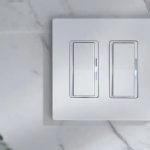









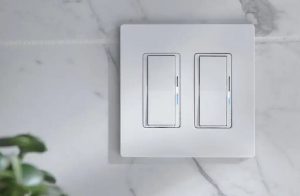


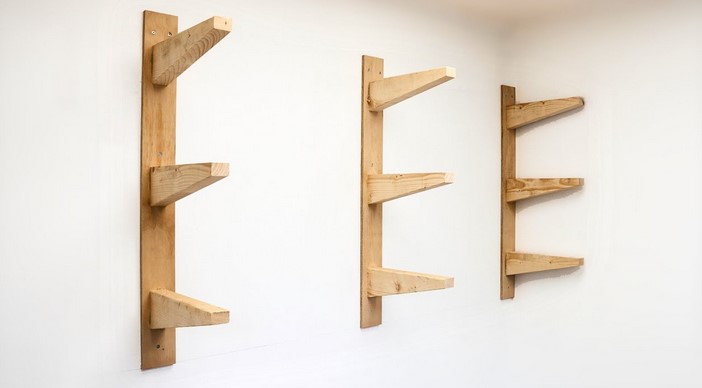
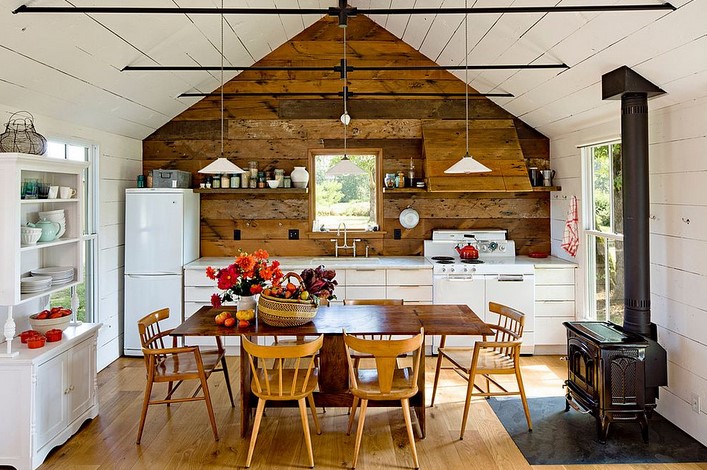
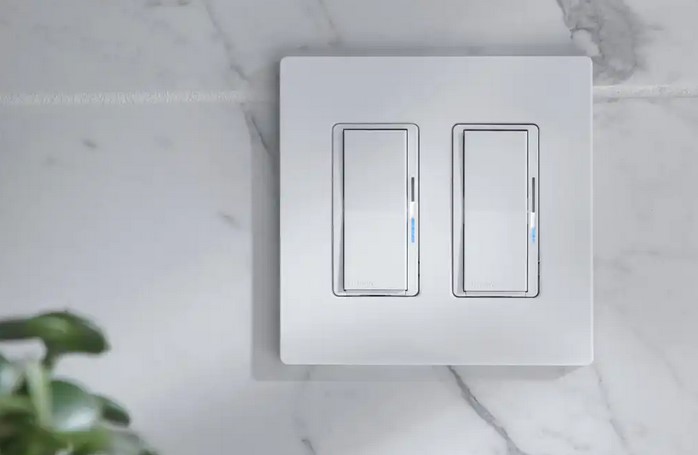




+ There are no comments
Add yours